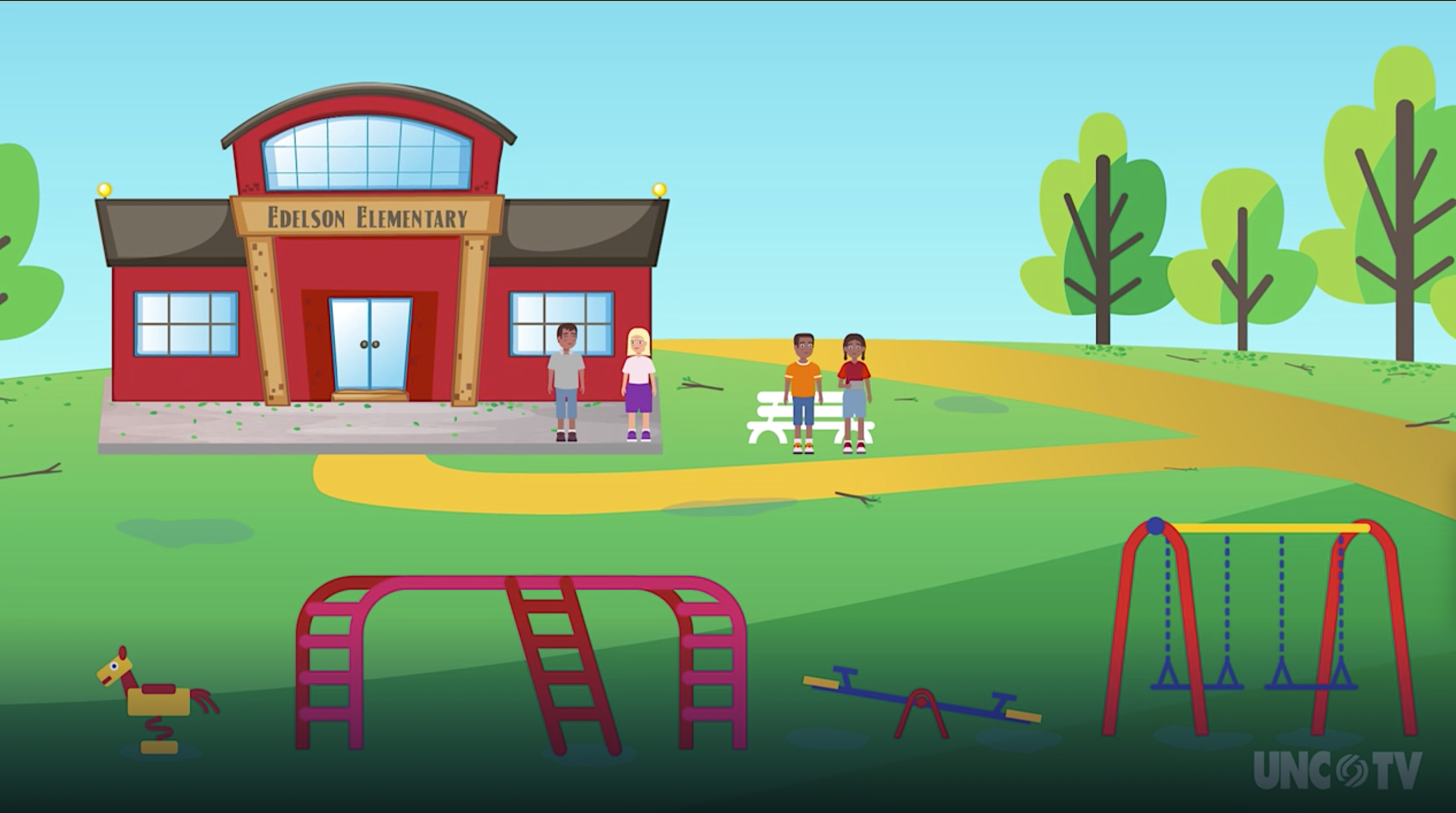
The Watershed Wisdom Lesson Plan
As is the case in many states, North Carolina has suffered its share of flooding, and its citizens have coped with fairly significant periods of drought and polluted waterways. With environmental issues such as extreme weather events on the rise, everyone — and especially students — should understand that water is a natural resource that needs to be valued and protected.
Designed for alignment with North Carolina 4th-grade and 5th-grade science standards, but appropriate for all students, regardless of age and location, Watershed Wisdom is a blended lesson that combines interactive components with hands-on projects.
With enough content to fill two full weeks of class time, the lesson begins with a host of activities to introduce students to the topic, including River Avengers, a short animation featuring four youngsters who pose an inquiry to the class: What ideas do students have to keep the river near their school safe and clean?
The rest of the lesson helps students gain the knowledge they will need to solve that inquiry through creative design-thinking tasks, group events, an interactive map activity provided by the EPA’s EnviroAtlas website, and other rich content that serves not only to educate students about water but to inspire them to take action to protect this valuable resource.
Information and samples of the lesson plan follow, and you can access the full lesson plan here.
Time allotment:
Seven to 10 class periods for the entire lesson plan. Each activity takes a class period or less.
Learning objectives:
- Students can define and describe the water cycle.
- Students can define and describe the watershed ecosystem.
- Students can discuss the threats watershed ecosystems face.
- Students can describe actions people can take to protect and promote watershed health.
SAMPLE: THE “WAYS OF WATERSHEDS” INTERACTIVE SESSION
Entertaining video segments and interactive components help define and describe the water cycle and watersheds, feature information on the importance of watershed management, and provide strategies on how best to take care of local watersheds.
SAMPLE: THE “WADDED WATERSHED” ACTIVITY
In this activity, students will use crumpled paper and markers to create model watersheds and track the flow of surface water across “land.”
“LEARNING FROM HOME” (THE EDUCATORS’ GUIDE)
Watershed Wisdom has several activities that are accessible at home via printed handouts and online interactive activities. Many of these lessons are perfect to assign through Google Classrooms, Canvas, Seesaw, or any other program to share assignments with your classroom. Access the free guide.
